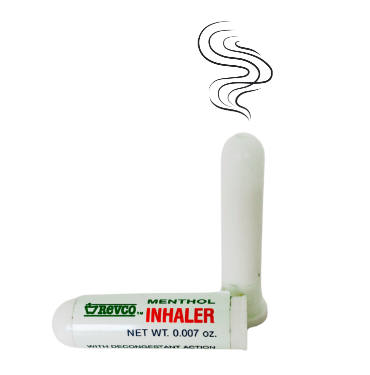
Dorri Partain
Assistant Editor
Soothing vapors that can travel in your pocket wherever you go were developed by a pharmacist to aid his sick child.
In 1894, Lunsford Richardson, a pharmacist doing business in Greensboro, North Carolina, developed a salve containing menthol and camphor and applied the mixture to his son Smith’s chest to aid his congestion. The product worked and Richardson began offering the product to customers as his Croup & Pneumonia Salve under the Vick’s Family Remedies label.
Richardson named his brand for his brother-in-law, Dr. Joshua Vick, who had a good reputation in the community. In 1911, he renamed his salve as Vick’s VapoRub.
Following the introduction of cough drops, Vick’s inhaler was introduced in 1941 as a more convenient way to access the vapors produced by VapoRub.
The nasal inhaler has taken many forms since being patented in 1888 (US 393869A) by C.E. Warren, which could be filled by a pharmacist using any variety of vapors. An 1896 patent described a version that could be composed of various materials including hard rubber, celluloid, zinc, copper, brass, or aluminum.
Using the same design as the original Vick’s inhaler, Revco Discount Drug Stores produced their own version, available only at their retail locations. Founded in 1956, Regal Drug Store owner Bernard Shulman shortened the name of another operation he owned, Registered Vitamin Company, to Revco. Through the acquisition of smaller chains of drug stores, one small location in Detroit, Michigan grew to thousands across the midwest, including multiple stores in the Kansas City area.
Following a filing for Chapter 11 bankruptcy in 1988, stores were closed while others were sold to competitors. By 1997, the remaining Revco locations were sold to CVS.
Active ingredients for the Revco Menthol Inhaler were Menthol 40%, Camphor 40%, Methyl Salicylate 11%, Eucalyptus Oil, and Pine Needle Oil.



















